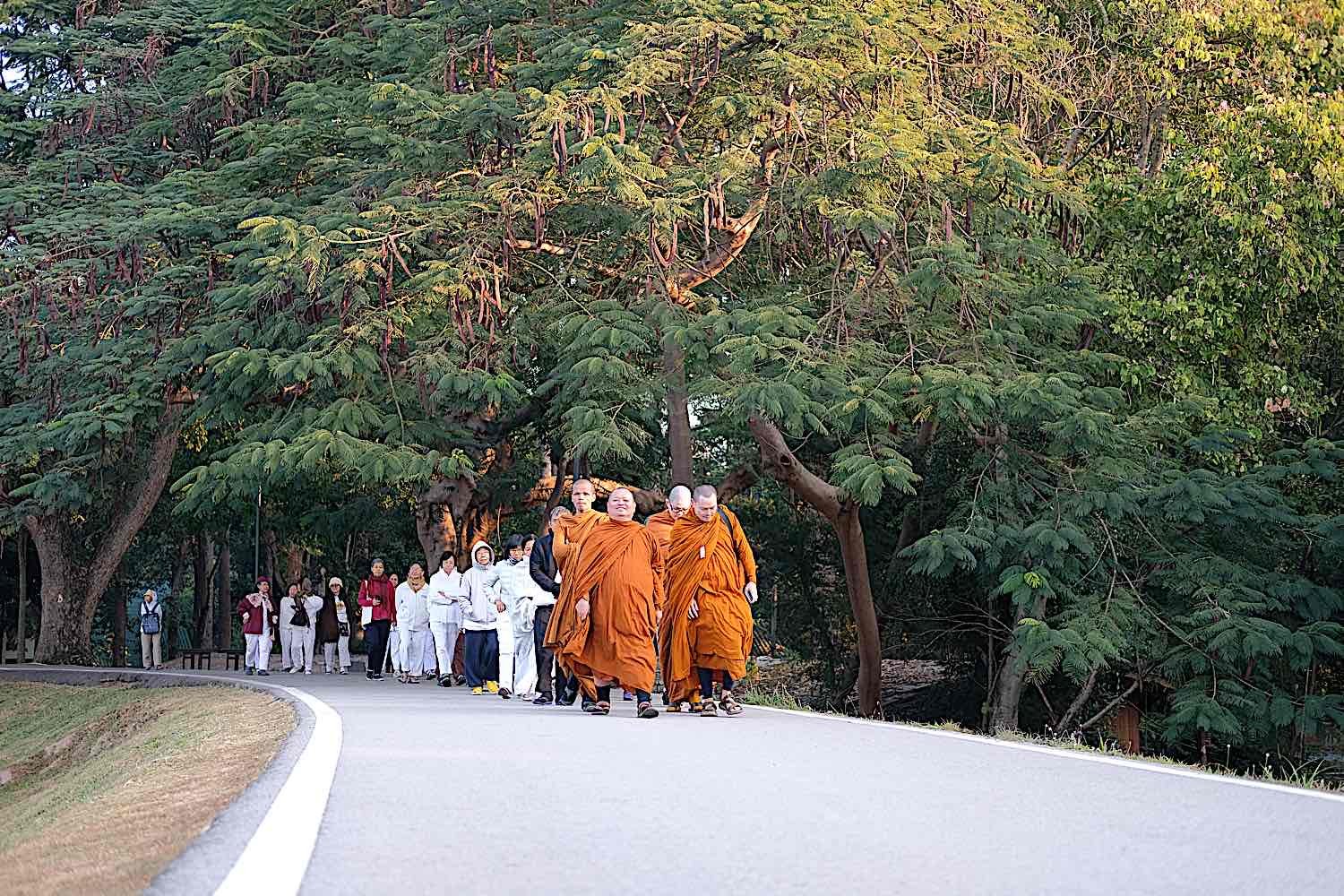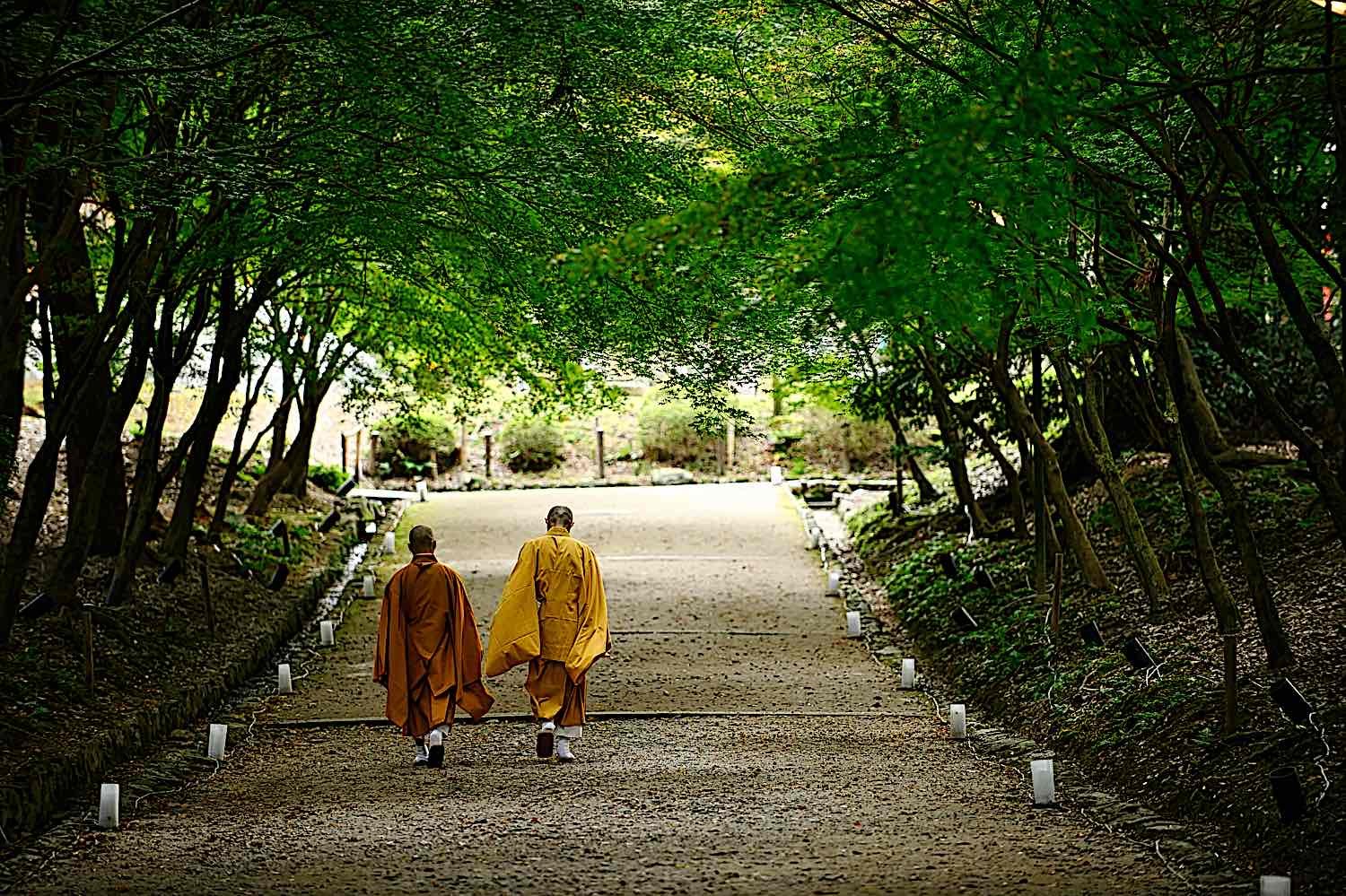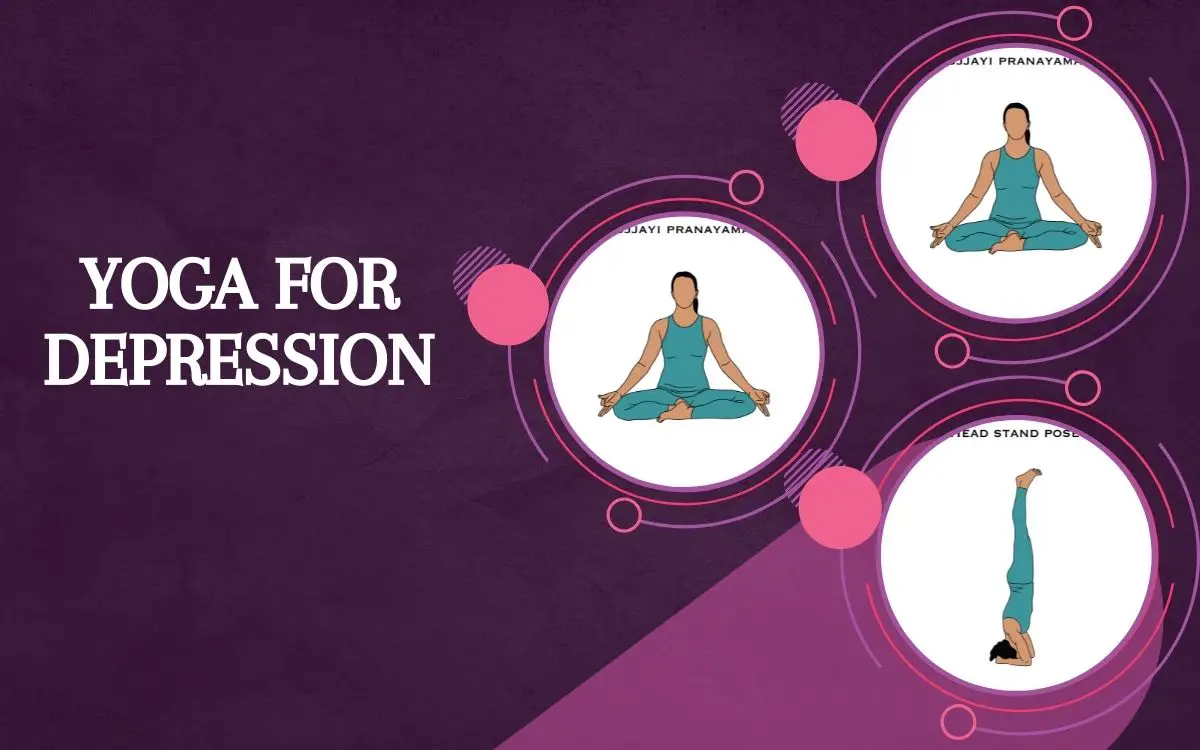What Is Walking Meditation? For Active Bodies and Minds, Walking Meditation May be the Change of Pace You Need to Progress
When meditating, sitting in silence may not feel like the right fit for you. Meditation involves much more than one body position or environment, so you might enjoy a walking meditation practice more. Check out everything you should...

What Is Walking Meditation? For Active Bodies and Minds, Walking Meditation May be the Change of Pace You Need to Progress
 A Theravadan monk crossing a suspension bridge in mae Hong Son. Walking meditation is part of daily practice in Buddhism.
A Theravadan monk crossing a suspension bridge in mae Hong Son. Walking meditation is part of daily practice in Buddhism.
When meditating, sitting in silence may not feel like the right fit for you. Meditation involves much more than one body position or environment, so you might enjoy a walking meditation practice more. Check out everything you should know about the helpful meditation routine to determine if it might benefit your life.
By Beth Rush
Of Body+Mind Magazine
[Disclaimer: Always seek the advice of your health care practitioners when experiencing pain or other medical issues.]
 Buddha is often seen in statues and paintings walking. Monks engage in formal walking meditation usually hours per day.
Buddha is often seen in statues and paintings walking. Monks engage in formal walking meditation usually hours per day.
What Is Walking Meditation?
Walking meditation is the act of increasing your focus on internal and external sensations while walking at a casual pace. [1] Part of your mind focuses on the act of moving, making it easier to guide your thoughts toward your preferred meditative practice without complete silence.
Many people practice other forms of meditation while sitting in a quiet room or listening to background music that reduces their anxiety. [2] Trying multiple forms of meditation practices, like walking and concentrating on positive thoughts, makes it easier to know which is best for you.
 A monk engaging in formal walking meditation.
A monk engaging in formal walking meditation.
When Did Walking Meditation Begin?
Although it’s unclear who first combined meditating and walking, pursuing The Eightfold Path of Buddhism requires right mindfulness (kammanta), right effort (samma vayama) and right concentration (samadhi). [3]
Meditating requires focusing on your breath [4], which is easier when doing an activity that requires steady breathing, like walking. Research shows that walking and doing a second task, like meditating, activates the prefrontal cortex. [5] The prefrontal cortex is responsible for your concentration, resulting in greater meditative focus because it’s more active while you walk. [6]
 Remaining mindful while walking is a well-known daily practice in Buddhism. Here monks lead lay practitioners on a silent walking meditation in Thailand.
Remaining mindful while walking is a well-known daily practice in Buddhism. Here monks lead lay practitioners on a silent walking meditation in Thailand.
Who Practices Walking Meditation Today?
Anyone can practice walking meditation whether they consider themselves a Buddhist or not. Meditation is a helpful tool to hone your concentration and feel more connected with your body’s sensations. It also reduces stress effectively by calming the nervous system with steady breathing. [7]
Any time you need to walk somewhere, consider it as an invitation to try meditating. Take slow, deep breaths and focus on what you feel. Name a different physical sensation with each inhale and reflect on your appreciation for it as you exhale. You’ll begin feeling calmer without disrupting your routine.
 Two monks walking near a temple in Kyoto, Japan.
Two monks walking near a temple in Kyoto, Japan.
Quick Facts to Guide Your Walking Meditation Sessions
Choose a place that’s safe for walking while directing your focus inward. It might be better to try meditative walking over a paved trail than a rocky path with roots sticking out of the ground. You can also try this meditation by walking the same path back and forth to maintain your focus, as some Zen Masters do. [8] Start meditating with an intention. You could use your time to get more in tune with your body’s needs, emotional state or appreciation for the present moment. Give yourself grace. If focusing is challenging when there’s noise around you, use sound-blocking headphones to practice honing your thoughts without external distractions. Set a time limit by picking a destination so you don’t exhaust yourself by trying to meditate longer than you’re comfortable with. Remember, it’s okay to pause your meditation session. If you want to change settings, get a drink of water or change what your thoughts center around, you’ll still be able to meditate when you’re ready to return to your practice.Consider Trying Walking Meditation
Combining meditation and movement might make the practice more manageable for you. Use these tips to enjoy centering your thoughts without disrupting your day.

 Astrong
Astrong 































